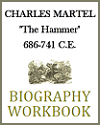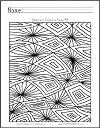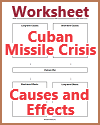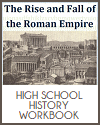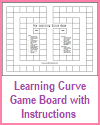October 2012 Website
& Education News |
| Miscellaneous > Student Handouts News Archives > 2012 Student Handouts News Archives |
How Students' Brains Work |
Why have IQ scores
increased steadily since the start of the 20th century?
According to "Can We Keep Getting Smarter?" by Tim Folger in the
September 2012 Scientific American (pp. 44-47), it
isn't simply because of better nutrition or disenfranchised
groups finally gaining access to better food, health care, and
educational opportunities. It is because the modern age
forces us to rely more than ever on abstract thinking, a skill
measured on IQ tests. As an example, Folger cites the
grandparent hitting a computer screen with a mouse in order to
push an onscreen button. To the grandparent and the rest
of the grandparent's generation, a button is a physical object.
But to most any child born today (or in the last thirty years) a
button can be an abstract idea or object, represented virtually,
that is acted upon to achieve some likewise abstract result. |
|
Printable Classroom Signs - Printable signs
range from basic classroom rules, to bulletin board printables,
and more. A variety of signs for all K-12 grade levels. |
Fry's 300 Instant Sight Words Flashcards - Printable flashcards (ten per sheet) featuring Fry's three hundred instant sight words for teaching pre-k and kindergarten students to read. |
|
My 50-Cent Word Vocabulary Worksheet - An
impressive vocabulary term deserves an impressive printable of
its own. This free worksheet has a box for illustrating the
vocabulary word, then primary-style dashed lines for defining
the term and using it in a sentence. |
| Miscellaneous > Student Handouts News Archives > 2012 Student Handouts News Archives |



